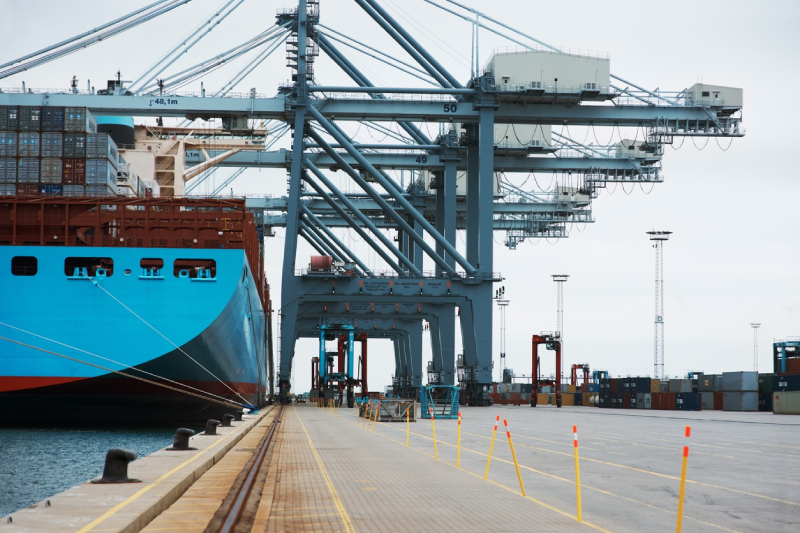Time:2022-09-28 Publisher:Kevin Num:6593

At present, in the United States, the cargo of ports is gradually transferred from the west coast to the east coast. This brings a lot of pressure to NY/NZ port on the east coast.
It is reported that in August this year, the container throughput of NY/NZ Port was 843191TEU, that of Long Beach Port was 806940TEU, and that of Los Angeles Port was 805314TEU.
This means that in August, the import and export volume of New York and New Jersey reached a record, beating Los Angeles and Long Beach to become the busiest ports in the United States.
Kevin O'Toole, chairman of the Port Authority of NY/NZ Port, said: "The throughput of the port exceeds the data before the epidemic, which is due to the port workers who handle goods efficiently."
"In addition, we use railways to supplement the actual infrastructure, thus increasing the capacity."
CNBC also pointed out that with the continuous growth of trade, the east coast and the Gulf of Mexico port have become big winners. At the same time, however, the congestion in the United States and West Asia is also shifting to the United States and East Asia. The waiting time for goods in the United States and East Asia is soaring, and the risk of delay in delivery is increasing.
The increase in container handling capacity has extended the waiting time of the ports in the East America. For manufacturers/retailers who need spare parts to manufacture finished products or sell finished products on the shelves, port congestion aggravates the delay of arrival time.
Last week, MarineTraffic monitored 28 container ships waiting outside Savannah Port, which took an average of 9.9 days. The average waiting time of 12 container ships outside New York and New Jersey is 9 days, and the average waiting time of 25 container ships outside Houston is 8 days.

Josh Brazil, CEO of Project44, believes that with the increase of imports, the congestion of the East Coast may be at an inflection point after the record import volume.
At present, the number of ships overstocked outside the port has decreased compared with last month. Brazil said: "As consumer demand slows down and the number of ships declines, the port backlog may continue to ease in the fourth quarter."
According to Xeneta's analysis, the congestion in the United States and Western Europe has basically disappeared at present, because the purchase volume of ports and terminals is controllable, which leads to the decline of freight on trans Pacific routes faster than that on the east coast.
But, shippers are still transporting large quantities of containers, including on the east coast, the west coast and the Gulf of Mexico.
The congestion of the East Coast of the United States has led to high freight rates, and the problems of Nordic ports have caused more interference to the coast.
For example, the recent strike of British port workers has brought pressure on European ports, and shippers are still hesitating whether to ship the diverted goods back to the West Coast of the United States, even though the East Coast is still very congested.



